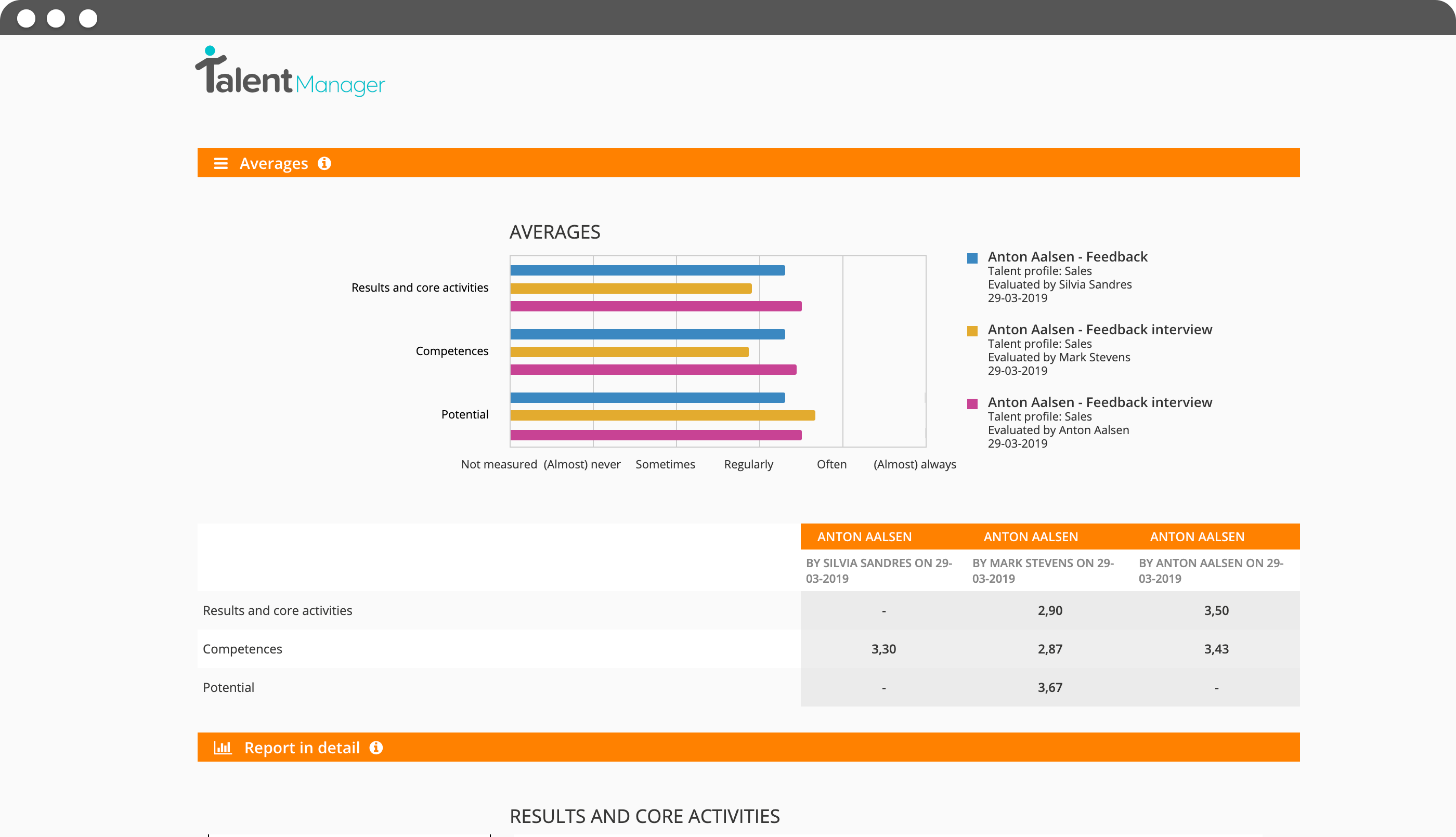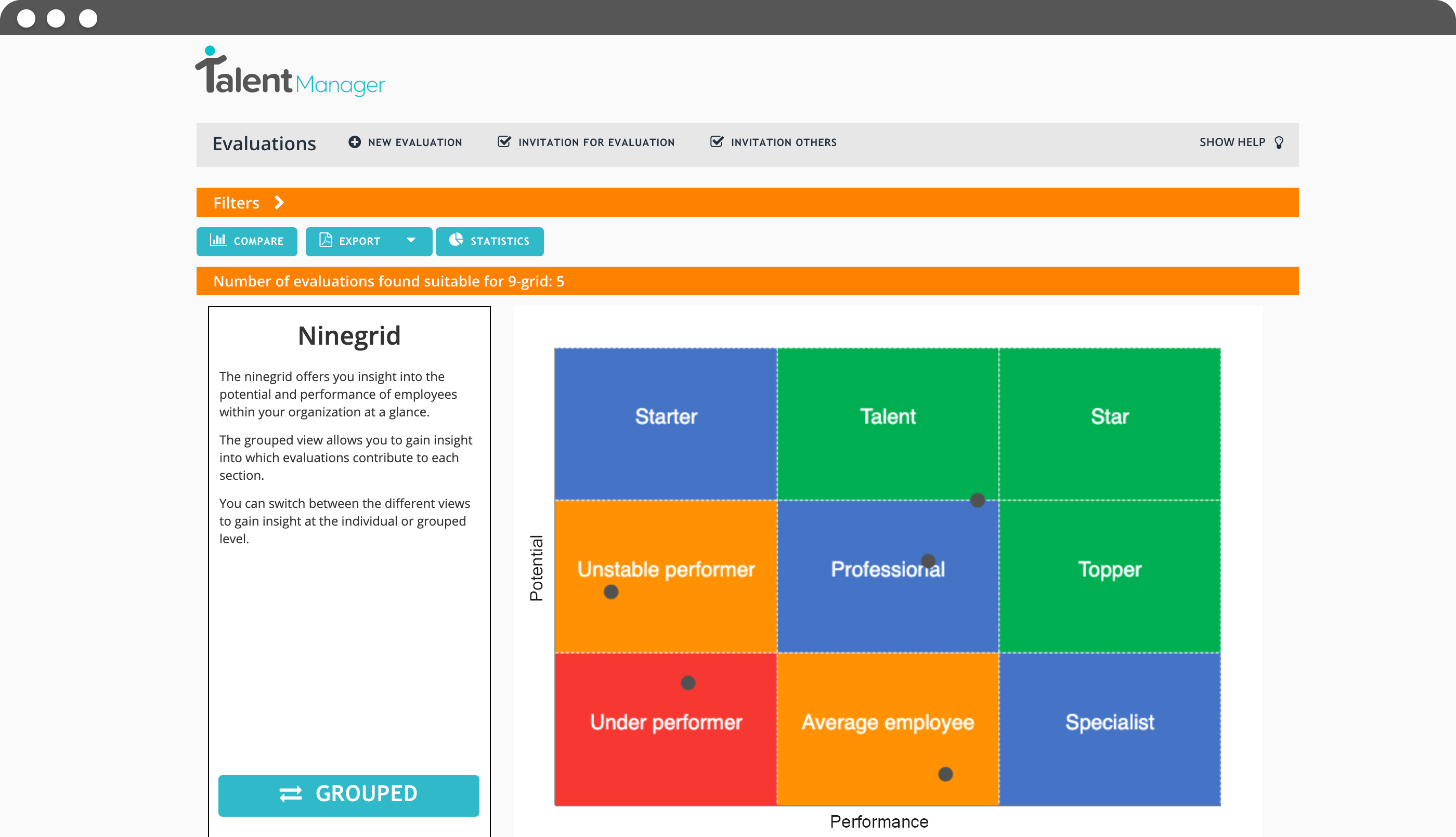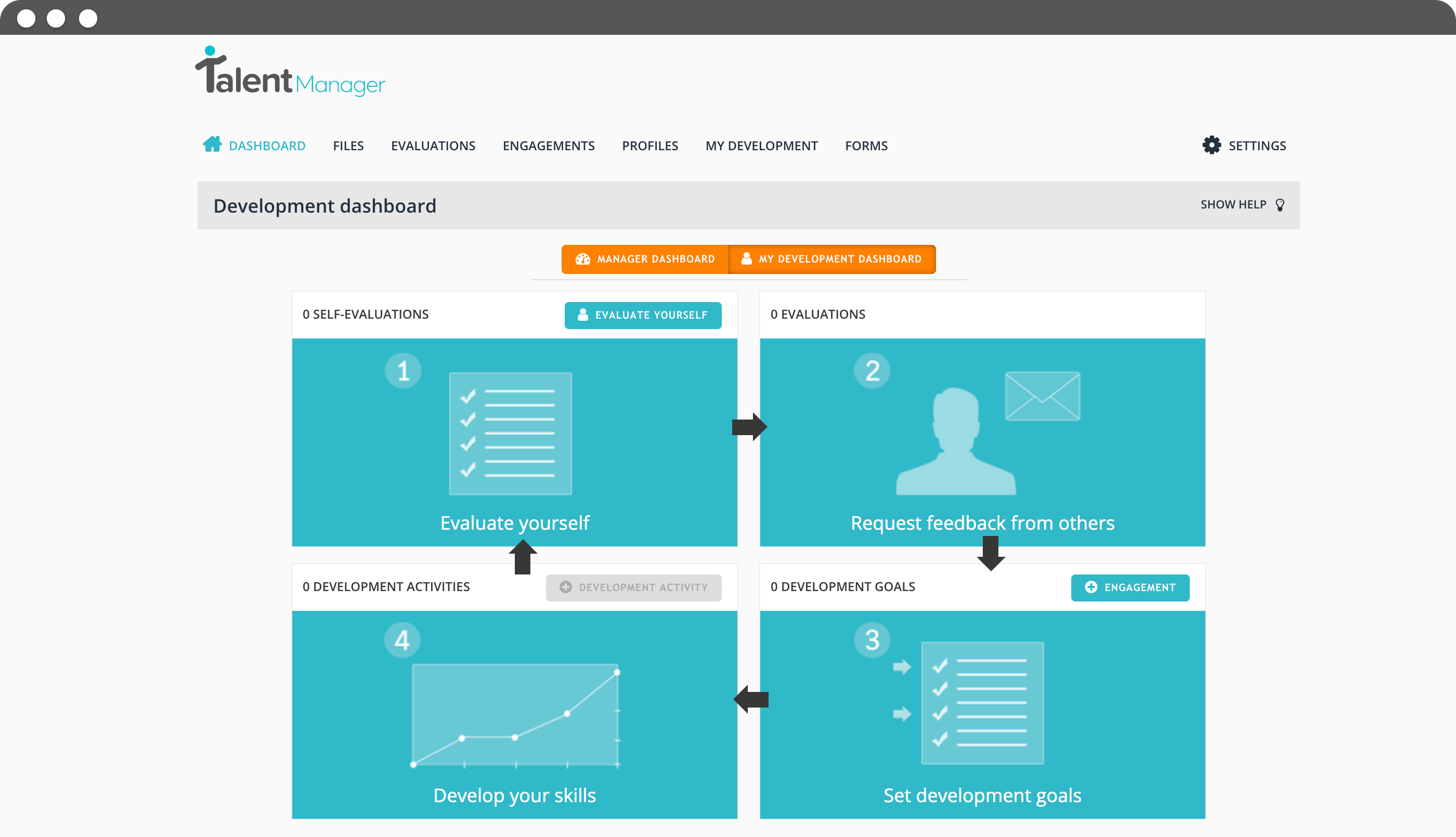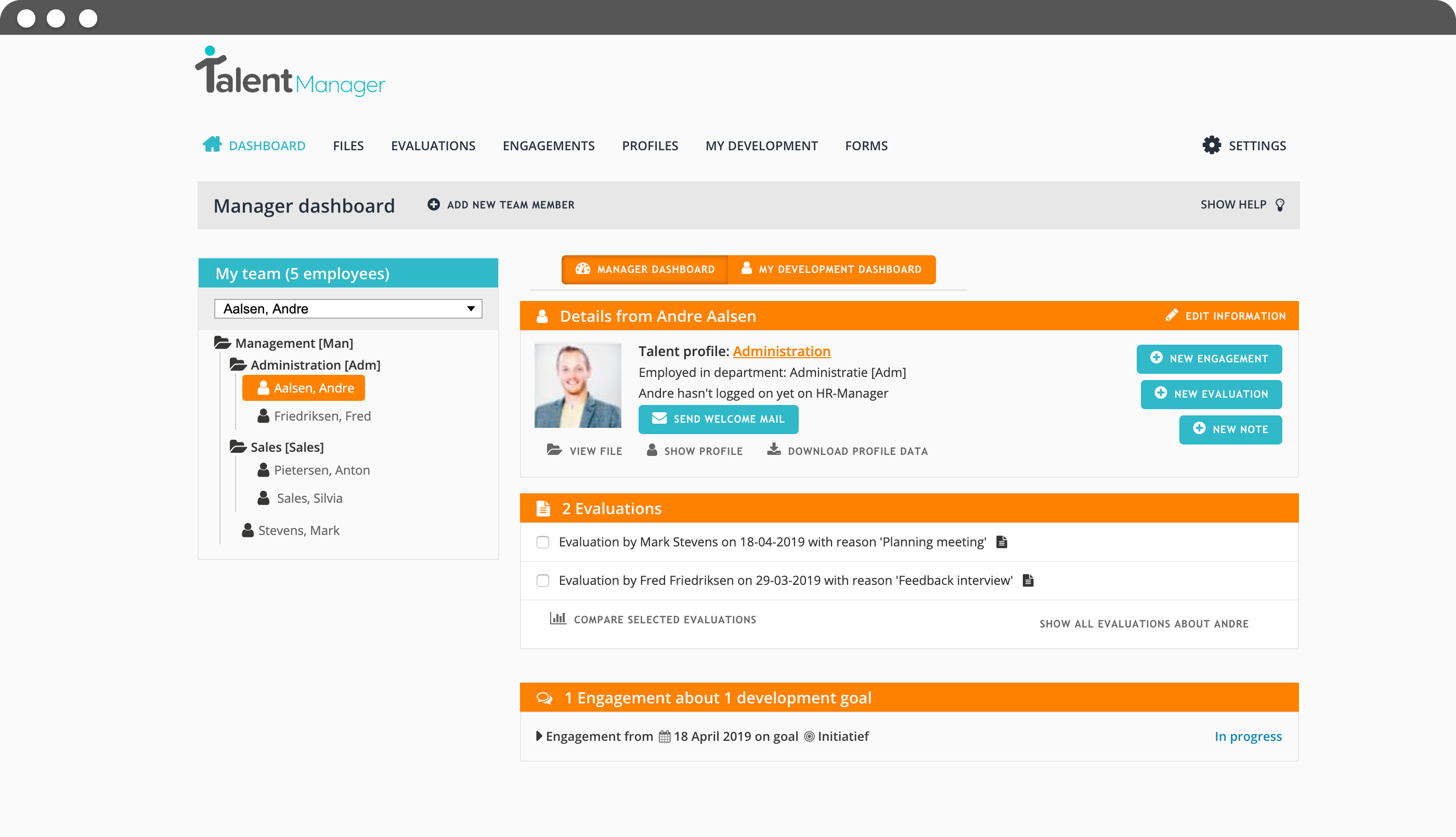HR Analytics is an ongoing activity. For some HR professionals it sounds obscure, but can be introduced gradually and in small steps. The tips below provide tools for implementing HR Analytics.
HR Analytics

What is HR Analytics?
- operational and practical insights and
- dashboards with key figures
to
- strategic analysis and trend signaling and
- predictive analysis.
What are the advantages?
Solid HR policy through concrete substantiation
HR was a ‘soft’ domain for a long time. There were key figures in the area of absenteeism, retention and S&S, but there was never a clear overview of potential & performance. With the rise of HR Analytics, these key figures are getting more attention. It is now possible to map the return on investment of Talent Management.
Effective management
By noticing trends and shifts sooner, you can take effective measures earlier. The support for the initiatives supported hard data will also be greater. Attention and resources are therefore deployed in those places where improvement is needed most.
Cost reduction
Personnel costs are often a substantial part of the organizational costs. With data analysis you are able to determine where in-efficiency and in-effectiveness are located within your organisation. The first effect that organizations that start with HR Analytics frequently notice is that they can identify inefficient steps in their processes. This, in turn, leads directly to lower operating costs.
How do you implement HR Analytics?
Involve expertise from other disciplines within the organization: Controllers, Financial and Marketers are common roles in an organization that are used to interpreting data. They often have perspectives, methodologies and tips that help you on your way and quickly lead to results.
Set requirements for the data that your systems records. Is the data sufficiently detailed? Can the data be used anonymously? Can the data be exported to merge with other sources?
Start with simple interpretations and analysis. HR Analytics requires analytical skills, but also trial and error. Frequently you do not know what you are looking for until you discover a trend. So do not be discouraged by the lack of a plan, but allow for some experimentation and start, for example, in Excel.
Identify which data sources are present. This includes the personnel system, the performance / assessment methodology reports, recruitment data and the absenteeism system.
Getting started with HR Analytics?
Want to grab a coffee?
In about 30 minutes we can take you through our demo and show you everything Talent Manager has to offer for your organization.









